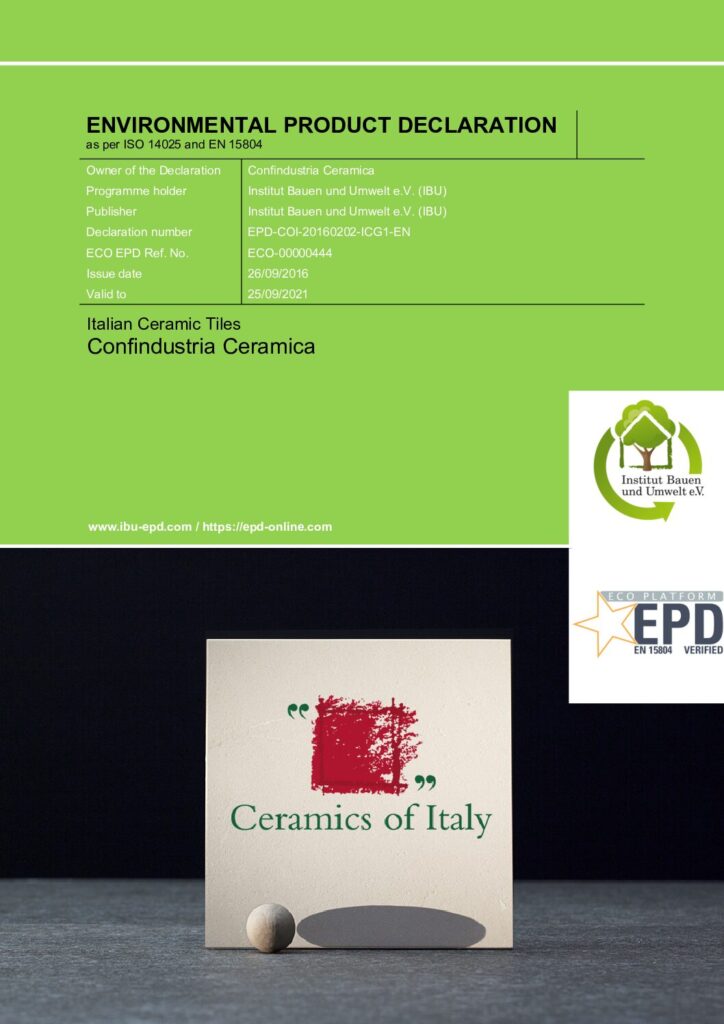Environmental Product Declarations (EPDs) provide a comprehensive assessment of a product’s life cycle, allowing experts to evaluate its environmental impact from raw material extraction to disposal.
The primary purpose of an Environmental Product Declaration is to promote the use of materials and products that offer life cycle information and have positive social and economic effects on the planet. Project teams may receive incentives for purchasing materials from manufacturers who have certified and improved their environmental standards.
EPDs serve as a standardized method for quantifying the environmental impact of a product or system. They include important details such as manufacturer/company information, product identification, life cycle assessment methodology, product category rules, data on raw material acquisition, material content, chemical substances, efficiency and energy use, emissions to air, soil, and water, waste generation, and analysis of the life cycle assessment results.
Creating an EPD requires adherence to the International Standard ISO 14025 and EN 15804 guidelines. EPDs are developed based on life cycle assessments conducted according to ISO 14040 and ISO 14044, which provide the framework for carrying out such assessments.
ISO 14025 establishes principles and procedures for developing Type III environmental product declarations, which are the most rigorous as they require detailed rules and third-party verification. In the European construction industry, EN 15804 is followed as a third-party Type III environmental declaration procedure.
EPDs typically have a validity period of up to five years. However, it’s important to note that while EPDs educate consumers, their primary purpose is disclosure, and they may not necessarily indicate compliance with specific environmental performance standards.
The benefits of EPDs include assisting clients, developers, and designers in selecting products with minimal environmental impact. Architects with knowledge of the life cycle of building materials can contribute to creating a more sustainable building industry.
EPDs are accompanied by Life Cycle Assessments (LCAs), which examine various stages in a product’s life cycle, including raw material extraction and processing, manufacturing, distribution/transportation, use, repair/maintenance, and disposal/recycling.
Product Category Rules (PCR) are integral to EPDs and LCAs. PCRs define the data collection process for specific product types, including boundary conditions, data sources, and system inputs. Adhering to PCR parameters ensures consistent results and facilitates product comparisons.
PCRs are developed and administered by program operators, often standards organizations such as ASTM, NSF, and UL in North America. PCRs are mandatory for complete Type III EPDs as defined by ISO 14025.
LEED (Leadership in Energy and Environmental Design), a widely recognized green building certification system, offers credits for Building Product Disclosure and Optimization (BPDO) when projects use a specified number of products with EPDs from different manufacturers.
LEED recognizes various types of EPDs, and their contribution to the BPDO credit varies based on the LEED version.
Industry-wide EPDs cover average products across multiple manufacturers and follow Type III guidelines, but they do not represent individual products. Product-specific LCAs and Type III EPDs, whether internally or third-party reviewed, provide detailed information on specific products. These EPDs undergo stricter evaluation and contribute more to the BPDO credit.
EPDs also play a significant role in other sustainability programs such as BREEAM, WELL, Living Building Challenge, BIFMA, and Green Globes, which award credits or points for using products that meet their EPD requirements.
To obtain an EPD, manufacturers must select a program operator that oversees the EPD development process following ISO 14025 guidelines. The manufacturer completes a life cycle assessment based on a relevant PCR. The final EPD is created either by a third party or by the manufacturer itself, with verification conducted by an internal reviewer or a third-party verifier appointed by the program operator.
Below is an EPD from Genrose Stone & Tile in Middletown, Connecticut. Click the image to dowload the PDF.
